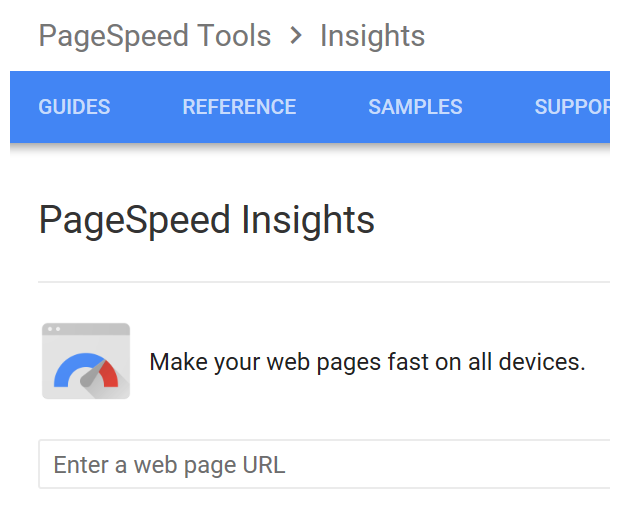Why Google Loves a Fast Website
Everyone loves a fast website, so why would Google be any different? Google’s search algorithms put user experience first, so of course they favor fast websites. Let’s have a look at what that means.
Why does Google care so much about user experience?
Back in the early days of SEO, Google’s search algorithms focused on returning relevant content. So it cared about keywords more than anything else. People took advantage of this by creating websites with garbage content stuffed with keywords so they’d be at the top of Google’s search results.
Users were understandably annoyed. Google didn’t want their users to go back to Ask Jeeves, so they figured out how to give the people what they want. Keywords are still important, but Google’s algorithms also look at the quality of the content when deciding which sites to place at the top of their search results.
A Fast Website Is A High Quality Website
If you want Google to love your site, you need to make it worth visiting. That means informative articles or product descriptions that give your customers information that they need. If your website loads slowly, then visitors aren’t going to bother waiting around. Google’s algorithms favor fast websites because they don’t want to send people to sites they’re going to abandon. Website speed is so important to users (and therefore Google) that Google’s algorithms started considering speed way back in 2010. If you’re only just now worrying about how fast your website is, getting on board will help you catch up to your competitors. If your competitors haven’t been worrying about website speed either, then you’re about to pull ahead.
Dotcom-Monitor’s Website Speed Test can let you know if your site is loading quickly. If your website performs poorly on this test, you’re going to need to dig deeper. Google PageSpeed Insights will let you know how fast your website is and where you can improve your site’s speed. It even lets you know how your site does on mobile platforms. You can check the speed of any URL on Google PageSpeed Insights or on Dotcom-Monitor’s Website Speed Test, so you can check your competitor’s sites as well as your own to see how you stack up to the competition.
Considering Load Testing as an Option
Google PageSpeed Insights let you know how fact your website is when it’s getting one visitor. But your customers don’t visit you one at a time. The more traffic your site gets, the slower it might be. This can make Google stop loving your site – and it will certainly scare off customers.
That’s where load testing comes into play. Load testing solutions like LoadView let you test more than just how quickly one page on your site is. They’ll let you record test scripts mimicking real user behavior, and then play back those scripts to simulate real world web traffic. Reports will help you identify where your site slows down and how you can speed things up.
Google Loves Fast Websites
Google doesn’t reveal everything about their search algorithms so that businesses can’t game the system, forcing poor quality sites on users. But Google has made it clear that they care about the quality of your site, including how fast it is. If you want Google to love you, build a website that people will want to visit, and make it fast enough to keep them interested.



